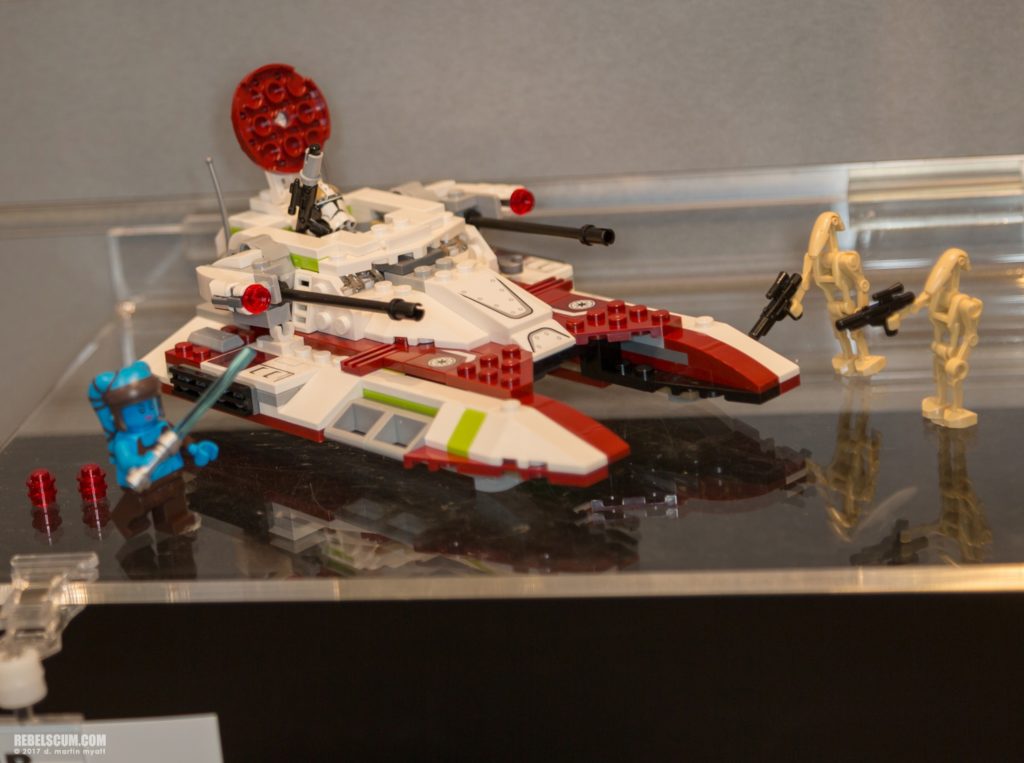

The initial goal for the program was to develop a single-seat twin-engine Design and development Ī subsonic wind tunnel test of the scale model of KFX C105 at the Korea Aerospace Research Institute (KARI) The Philippine Air Force and the Peruvian Air Force have also expressed interest in the aircraft. On 27 July 2022 Polish Armaments Agency said it is closely watching the development of KF-21 Boramae, potentially paving a way for purchase of future Block 2 version of the fighter jet. The contract formed a plan for delivery of the aircraft to begin in 2026. : 18 Korean Aerospace Industries (KAI) won the production bid, and partnered with Lockheed Martin for technological support. The remaining 20% was provided by domestic and foreign companies.

The South Korean government committed to 60% of the cost. Turkey had also considering joining with a 20% share, but wanted more control than South Korea had offered. On 15 July 2010, a partnership was made with Indonesia, which would provide 20% of the funding for the KF-X project, cooperate with technological development through state-owned Indonesian Aerospace, and purchase 50 of the approximately 150–200 aircraft anticipated to be produced. Although the project carried risks and the expected per-unit cost would be significantly higher than purchasing from foreign manufacturers, the development of the domestic defense industry was deemed to be of national importance and was expected to have a ripple effect on high-tech industries. The development phase had numerous delays and postponements and its economic cost was debated, but the project received renewed interest following a 2008 feasibility study and attacks by North Korea in 2010. : 18 The project was felt to be extremely ambitious, with the Korea Institute for Defense Analyses (KIDA, a defense ministry think tank) doubtful of the country's ability to complete the complicated project. Research and development (R&D) requirements were determined by the Joint Chiefs of Staff in 2002. The KF-X advanced multirole jet fighter project, intended to produce modern warplanes to replace South Korea's aging F-4D/E Phantom II and F-5E/F Tiger II aircraft, was first announced in March 2001 by South Korean President Kim Dae-jung at a graduation ceremony of the Korea Air Force Academy. The Jakarta Globe reported that the completed aircraft will receive the designation F-33. In Indonesia, the KF-X development program is referred to as the IF-X program. It will also be available for export market. At least 40 aircraft are planned to be delivered by 2028, with South Korea expecting to deploy a total of 120 of the aircraft by 2032. The first test flight was conducted on 19 July 2022, with manufacturing scheduled to begin in 2026. It was officially given the name Boramae ( Korean: 보라매, "young hawk" or "fighting hawk"). In April 2021, the first prototype was completed and unveiled during a rollout ceremony at the headquarters of KAI at Sacheon Airport. The KAI KF-X is South Korea's second domestic fighter jet development program, following the FA-50.

Indonesia took a 20% stake in the program in 2010, and the remaining 20% are held by private partners including the manufacturer Korea Aerospace Industries (KAI). The program is led by the South Korean government, which holds 60% of the program's shares. The airframe is stealthier than any fourth-generation fighter, but does not carry weapons in internal bays like fifth-generation fighters, though internal bays may be introduced later in development. The KAI KF-21 Boramae (formerly known as KF-X) is a South Korean-led fighter aircraft development program with the goal of producing an advanced multirole fighter for the South Korean and Indonesian air forces. Korea Aerospace Industries / Indonesian Aerospace


 0 kommentar(er)
0 kommentar(er)
